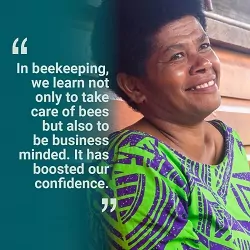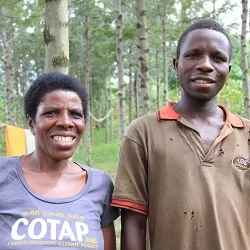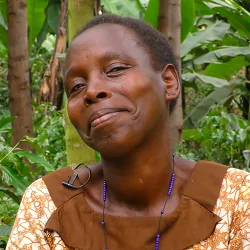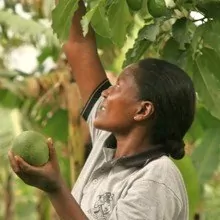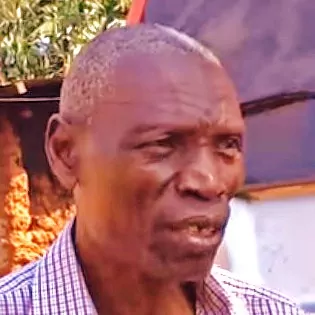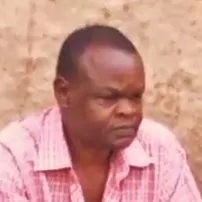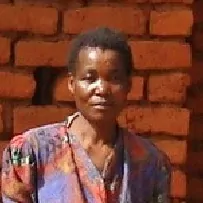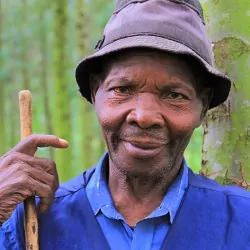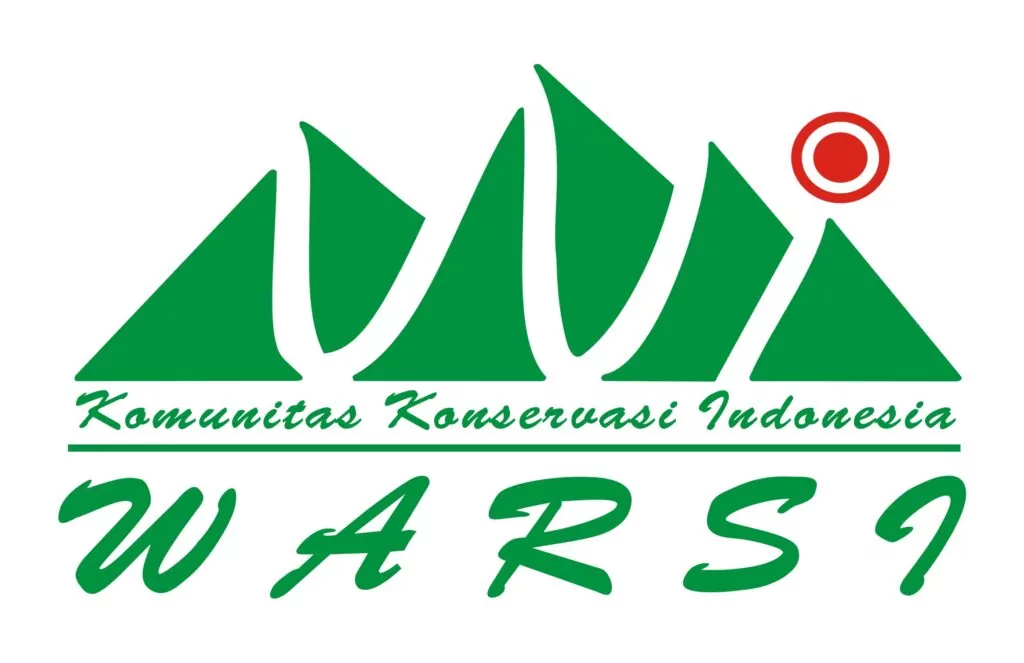Through 5/7/13, here’s how Cotappers’ tonnes have been allocated (or are going to be allocated) to our 4 projects and when. To view the respective retirement record on the Markit Environmental Registry, click on the retirement date:
| Project | Begin | End | Paid | Retirement | Vintage |
| Nicaragua | 9/16/11 | 11/4/12 | 11/9/12 | 1/7/13 | 2012 |
| Nicaragua | 11/5/12 | 4/26/13 | 5/3/13 | 12/15/13 est. | 2013 |
| Nicaragua | 4/27/13 | 5/7/13 | TBD | TBD | TBD |
| Uganda | 9/18/11 | 1/13/13 | 1/16/13 | 1/21/13 | 2011 |
| Uganda | 1/14/13 | 3/3/13 | 3/7/13 | 4/4/13 | 2010 |
| Uganda | 3/4/13 | 5/7/13 | TBD | TBD | TBD |
| Mozambique | 9/18/11 | 1/13/13 | 1/18/13 | 1/28/13 | 2010 |
| Mozambique | 1/14/13 | 5/7/13 | TBD | TBD | TBD |
| Malawi | 10/13/12 | 2/14/13 | 2/19/13 | 3/15/13 | 2010 |
| Malawi | 2/15/13 | 5/7/13 | TBD | TBD | TBD |
Explanation of the above summary table
Each row above represents a transaction between COTAP and the listed partner/project. If your transaction fell on/between the given Begin/End dates (per Pacific time in the U.S. / GMT-8), carbon credits pertaining to your chosen tonnes and project(s) were retired on your behalf, in COTAP’s name, and in our partner’s account on the Markit Environmental Registry on the “Retirement” date. “Retirement” is the event when credits are permanently de-listed from the registry, meaning they cannot be re-sold, and it’s when your offset transaction to a project, through COTAP, technically becomes official.
“Paid” is the date of COTAP’s wire transfer to the listed partner/project. “Vintages” indicates the planting year of the trees which are projected to sequester your CO2 emissions. As explained in detail below, some vintages indicated on Cotappers’ detailed donation acknowledgement letters quite possibly varied from the actual vintage of retired credits pertaining to their transaction.
A Detailed Example
Here’s how tonnes from an actual transaction were allocated, with the Cotapper’s name changed to protect their privacy. On 12/6/12, Gary Swanson chose the Quick & Easy offsetting option, contributing $150 with tonnes to be allocated evenly to all COTAP projects.
COTAP’s portfolio average donation rate is $9.90 per tonne, so 3.788 tonnes were allocated to each project. Because COTAP’s margins are 100% transparent, we know that for the Nicaragua, Uganda, Mozambique, and Malawi projects COTAP charges $8.80, $8.80, $12.10, $9.90 and pays out $8, $8, $11, and $9 respectively. Thus each project was respectively owed $30.30/$30.30/$41.67/$34.09.
The funds from Gary’s $150 offset transaction were paid out on 5/3/13, 1/16/13, 1/18/13, and 2/19/13, respectively and retirement of credits pertaining to Gary’s offset transaction occurred or will occur on 12/15/13 (not a typo!), 1/21/13, 1/28/13, and 3/15/13, respectively. 3.788 of Gary’s tonnes are supporting the Nicaragua project’s 2013 planting season or “vintage” (explained below), 3.788 tonnes were offset by Uganda’s 2011 vintage, 3.788 tonnes were offset by Mozambique’s 2010 vintage, and 3.788 tonnes were offset by Malawi’s 2010 vintage.
COTAP itself earned $13.64 on this transaction, out of which $4.65 went to Google Checkout transaction fees (we’ve since switched to 100% PayPal). COTAP tracks all of the above details each and every time someone offsets their CO2 emissions with us.
Tonnes not yet paid for/retired by COTAP
Lines with “TBD” indicate tonnes offset by Cotappers but not yet transacted for by COTAP. As of yesterday 5/7/13, the Nicaragua project is all paid up. COTAP owes its partners for 426.76 tonnes which have been offset by Cotappers but not yet been paid for, and those credits have therefore not yet been retired. 71.6% of those tonnes are from just two offset transactions allocated to the Sofala project which occurred days before disbursals for that project had to be put on hold, as explained in detail below.
Payment/Retirement delays pertaining to the Sofala project
On 2/6/13 and 2/14/13, COTAP received two large offset transactions with the Cotappers designating an even allocation of tonnes across all projects. This included 305.56 tonnes to the Sofala, Mozambique project (71.6% of COTAP’s 426.76 unpaid/unretired tonnes). On 2/7/13, COTAP was notified by its partner Envirotrade that governance of the Sofala project was being restructured in order to clarify the project’s non-profit nature and reduce some of the overhead costs allocated to it.
Ownership of the project operating company, Envirotrade Sofala Limitada (“ESL”) has been transferred to the non-profit Associação Envirotrade Carbon Livelihoods (“AECL”) and responsibility for the international representation of the Sofala project changed to a Mauritius charitable trust – The Africa Carbon Livelihoods Trust (“ACLT”). In order for subsequent transactions to occur between COTAP and the Sofala project, it must be through ACLT. As of today 5/8/13, ACLT is still in the process of setting up a new legal entity to be its actual contracting party for ACLT in its role as international representative for the Sofala Community Carbon Project. The 305.56 tonnes mentioned above, as well as 31.17 other tonnes COTAP has collected from Cotappers for Sofala, are therefore still on hold.
Vintages: A Learning Process for COTAP
The “vintage” year refers to projected tonnes of sequestration expected to result from the projects’ plantings during that year. For example, if your offset was matched with a project’s 2013 vintage credits this means that your carbon will be sequestered over time by trees planted during the project’s 2013 planting season.
COTAP was originally conceived solely as a mechanism for providing upfront funding for our projects’ upcoming planting seasons. Projects’ abilities to scale is limited by upfront orders because project developers seek to avoid promising carbon payments to farmers which they later won’t have the money for. For example, with our first project in COTAP pooled offset transactions from Cotappers starting in late 2011 for the Nicaragua project, whose 2012 seedling development process began in January 2012.
We later discovered that projects often have leftover vintages for various reasons like the project’s other buyers backing out, the project planting more trees than originally planned, or the project simply being unsuccessful in securing buyers for all of their credits. We realized it did not make sense for COTAP to not support unsold prior-year vintages when the carbon sequestration and benefit to farmers is just as real as the current-year vintage.
Accordingly, we expanded our definition of resolving the forestry carbon finance gap to include supporting unsold vintages. In our view, unsold Plan Vivo credits are a societal injustice just the same as the fact that these projects’ credits aren’t pre-sold in larger quantities and at earlier stages. Per our Terms Of Use, COTAP reserves the right to allocate Cotappers’ offset transactions as we see fit and in accordance with our mission, and in this instance we exercised that right.
COTAP launched on 9/30/11, and 51.2% of all partner tonnes we’ve retired to date have been vintage 2010. This is not in line with many donation acknowledgements we sent out which may have indicated a vintage allocation that varies from the above table – which indicates how their offset transaction was actually allocated. These aspects were not affected: which project(s) the transaction was allocated to, the price, the number of tonnes, that Cotappers’ CO2 emissions were transformed into wages for some of the poorest people in the world, or the transactions’ tax-deductibility for U.S. residents.
We’ve updated our procedures to no longer specify expected vintage because by definition that depends on the timing of COTAP’s next transaction with each partner (we transact with each partner independently), and vintage availability at the time of the next transaction. Further, changes are forthcoming soon to COTAP’s Mission and How It Works website pages in order to make them more accurate.
In summary, the vintage aspect to what COTAP does has been a learning process, and what we’ve basically learned is very good news: Plan Vivo project developers have even more of a need for a mission-aligned intermediary than we originally realized!
Project annual reports update
UPDATE: COTAP has been checking the Plan Vivo website weekly for the release of the 2012 annual reports for the Mozambique and Malawi projects. On 8/14/13, the 2012 annual report for the Mozambique project appeared and was immediately posted to its project page. On approximately 11/6/13, the finalized and published 2012 Trees of Hope report was posted on the Plan Vivo website and posted to its COTAP project page on 11/15/13.
As of today 5/8/13, 2012 annual reports have been released for the Nicaragua and Uganda projects, but not for the Mozambique or Malawi projects. While these two reports have been drafted and submitted, they have not been provided to COTAP after numerous requests, nor have they been posted to the projects’ respective pages on the Plan Vivo website. Even with staffing changes within the Plan Vivo Foundation and the aforementioned restructurings of the Sofala project, these delays are excessive, and we must note that here on behalf of our Cotappers.
This section will be appended with updates, but not altered, so as to serve as a permanent record of this issue.
Discrepancy in Trees for Global Benefits annual report
UPDATE: This issue was resolved 5/10/13 with a corrected annual report viewable here.
In the original 2012 annual report for Ecotrust’s Trees for Global Benefits project, COTAP’s 2nd transaction was incorrectly recorded as 256 tonnes instead of 309 tonnes, which means that 53 tonnes were paid for but not formally recognized as such. COTAP notified Ecotrust of the discrepancy on 4/25/13 and as of today 5/8/13 this has yet to be resolved, and so we are noting it here. While we trust this was a clerical error, the category of error is so serious that further payments to Ecotrust have been put on hold until the issue is resolved and additional corrective actions will be pursued if resolution continues to be delayed. This section will be appended with updates, but not altered, so as to serve as a permanent record of this issue.
Timing of COTAP’s first partner payments
As can be seen above, COTAP’s first partner payment occurred well over a year after we launched. Why is that? One reason is that awareness of COTAP has been slowly-building and the number of Cotappers has been more modest than projected. Since our launch, we have kept in touch with each project to let them know the amount that we owe them as well as to give them the option to request payment.
In addition, COTAP pays $40 fees for international wires, and because COTAP earns a modest amount on each Cotapper offset transaction, disbursals to partners need to make sense from a break-even standpoint. Further, COTAP has been constantly pursuing things that will dramatically increase our visibility, like major press. The thinking was, why do a partner transaction for a few hundred tonnes if next week it might be 5,000 tonnes? And why spend $40 to wire $2,800 when next week it might be $40,000?
For these reasons, it was a clear decision to do a round of partner transactions in early February after receiving a couple of large Cotapper offset transactions, but not nearly so clear beyond that situation. As COTAP scales, partner transactions will be much larger and more frequent, and we’ll make a dramatic impact not only on how far and fast these projects go, but also on the number of projects.
There you have it: Transparency!
As you can see, there’s a LOT going on under the hood of COTAP and behind our little PayPal donate buttons. What we’re doing is not simple, quick, or easy. In fact, all of the complexities and imperfections are exactly why COTAP is needed to connect individuals with the market-based, poverty-alleviating tool of forestry carbon credits.
For our general page about transparency, please see COTAP.org/transparency.
Please send us your thoughts and feedback below!


